Allotments can be surprisingly expensive if you’re not careful, but they don’t have to be.
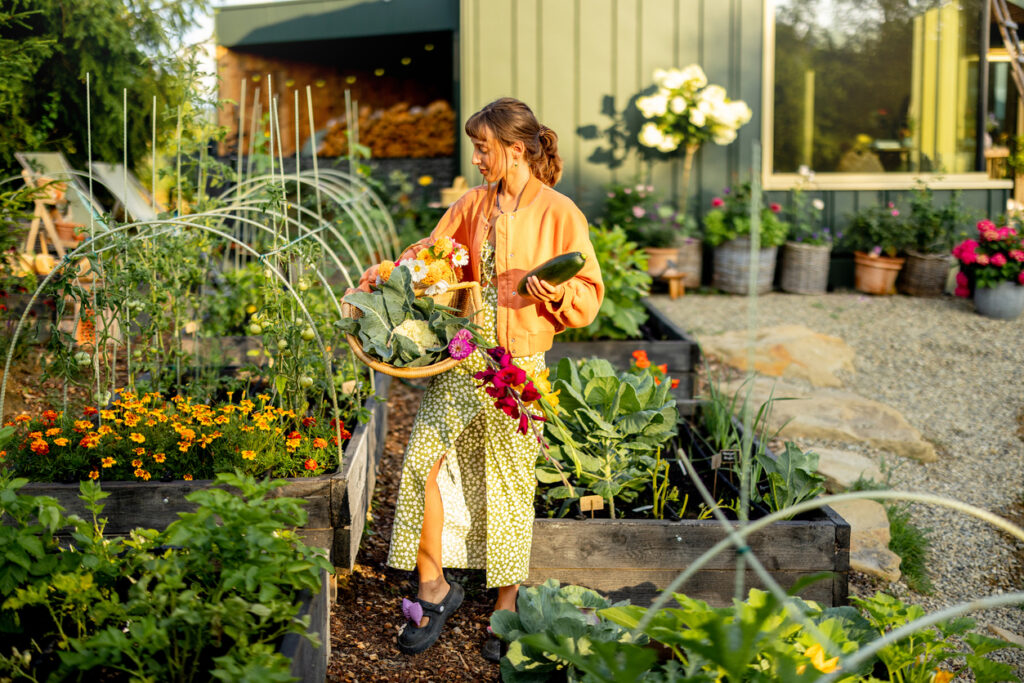
With a little creativity and planning, you can grow loads without draining your wallet. Whether you’ve just got your plot or you’re a seasoned grower looking to cut back, here are 14 budget-friendly tips that actually make a difference. Not only can you have a thriving garden space, but you can save money in the process!
1. Start from seed, not seedlings.

Buying young plants might seem convenient, but those trays of seedlings add up fast. A packet of seeds costs a fraction of the price and usually gives you enough to grow for years, especially with veggies like lettuce, radish, or courgettes. If you’re worried about germination, try sowing a few extras in modules indoors to get a stronger start. You’ll save money and gain more control over how your plants develop right from the beginning.
2. Save your own seeds.
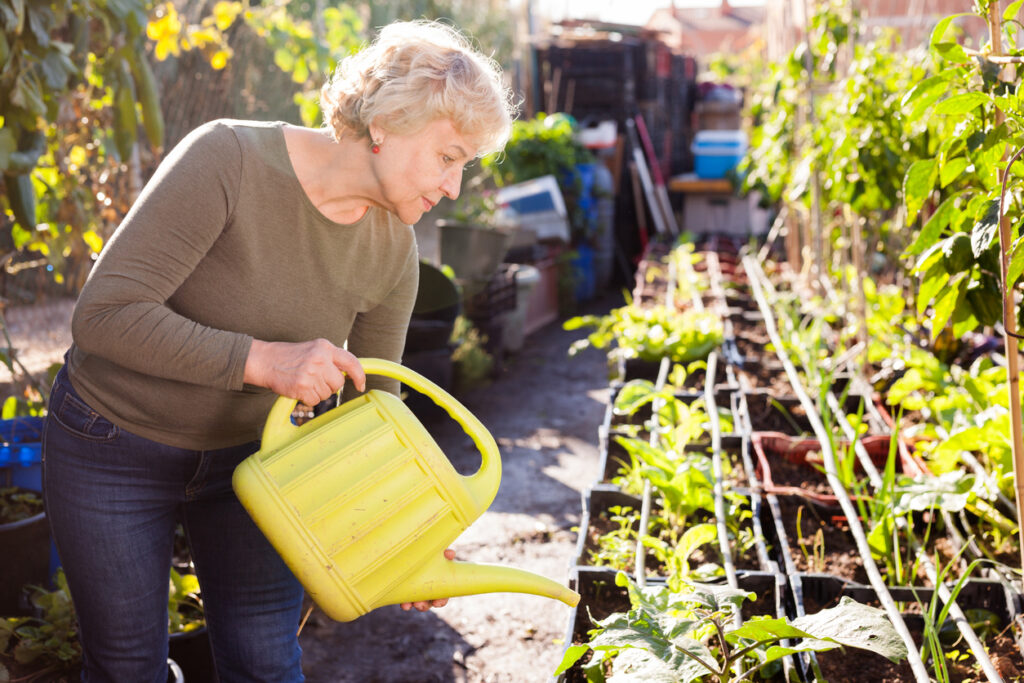
Seed saving is a game-changer once you get the hang of it. Tomatoes, beans, peas, and chillies are great starters—they’re easy to collect from and store for next season. It not only saves money but helps you build plants that are better suited to your exact plot over time. Just make sure to label everything clearly, or you’ll end up playing mystery veg roulette next year.
3. Make your own compost.
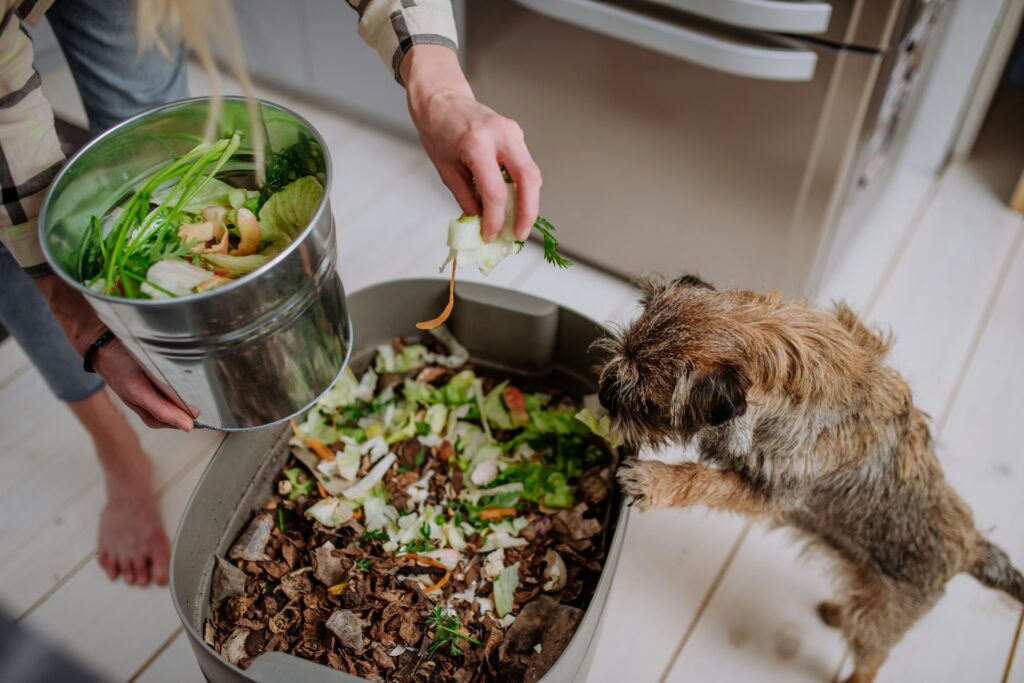
Shop-bought compost can be pricey, especially if you’re using a lot to fill beds. But your garden waste, kitchen scraps, cardboard, and even shredded paper can become a goldmine if you start composting at home. Even a small compost bin can make a huge difference over time. Plus, you know exactly what’s going into your soil—which helps avoid chemical-heavy mixes and keeps things organic.
4. Swap with other gardeners.
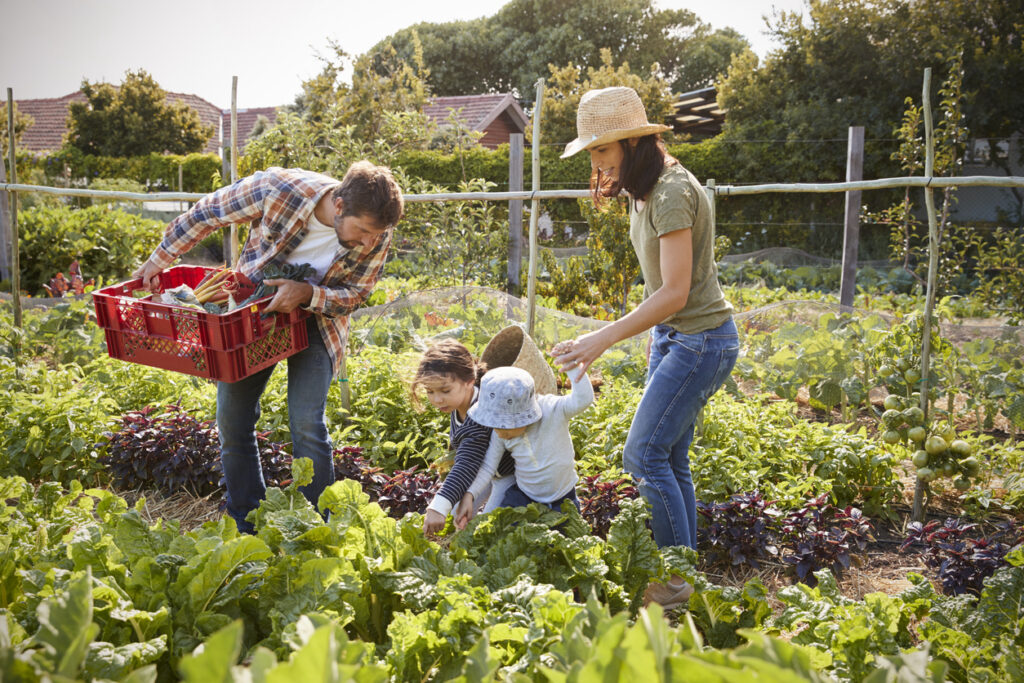
Whether it’s seeds, tools, or spare plants, there’s almost always someone on the allotment with too much of something. Trading with neighbours can save everyone money and reduce waste. It also builds a nice sense of community—and let’s be honest, you’re more likely to get useful tips from someone who’s working the same soil as you.
5. Get creative with containers.
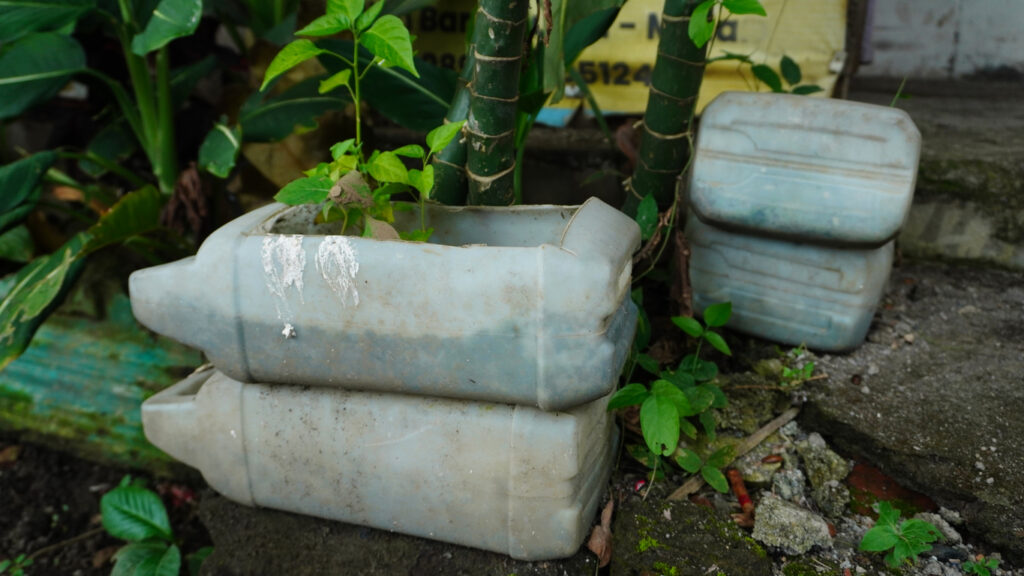
You don’t need fancy pots or planters. Old buckets, drawers, tyres, or even wellies can be repurposed for growing—just add drainage holes, and you’re good to go. These make brilliant homes for herbs or smaller plants like spring onions. They’re also great for plots where space is tight, or you want to keep certain crops away from the slugs.
6. Use free mulch sources.
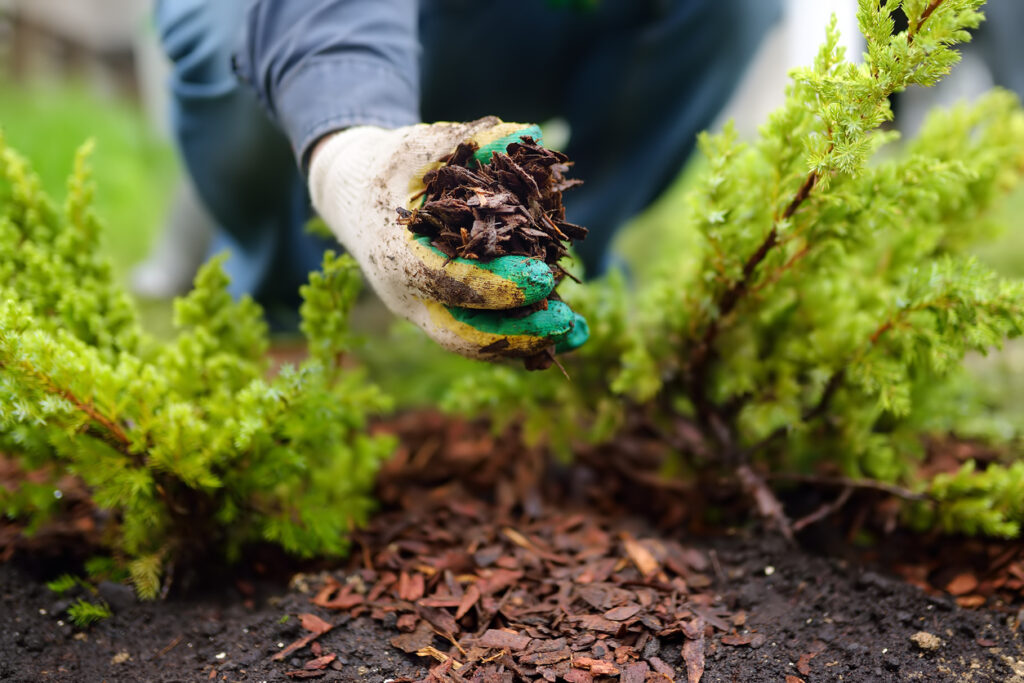
Mulch keeps weeds down and moisture in, but buying it in bulk can get expensive. Instead, try using grass clippings, shredded newspaper, fallen leaves, or even cardboard as a barrier. Not only is it free, it also breaks down over time and feeds your soil. Just be sure to avoid glossy paper or anything treated with chemicals.
7. Reuse and repurpose materials.
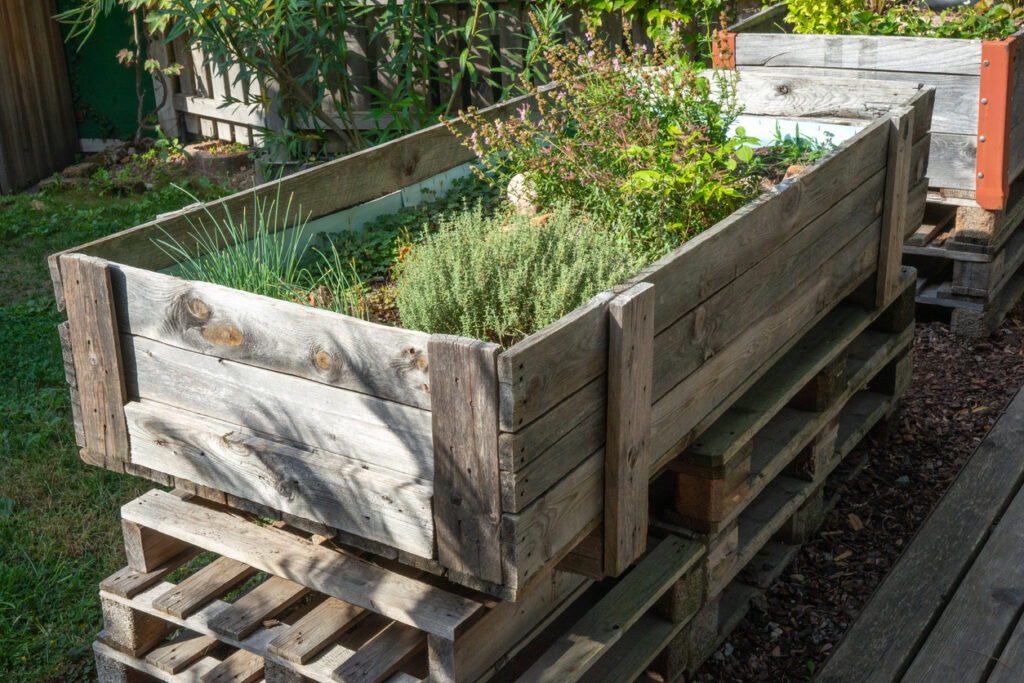
Allotments don’t need to look Instagram-perfect. Old wood pallets make great raised beds, and bits of guttering can become brilliant salad planters along a fence. Keep an eye out for skips or local Freecycle listings—you’d be amazed how many useful things get thrown away that could work perfectly on your plot.
8. Stick to crops you’ll actually eat.
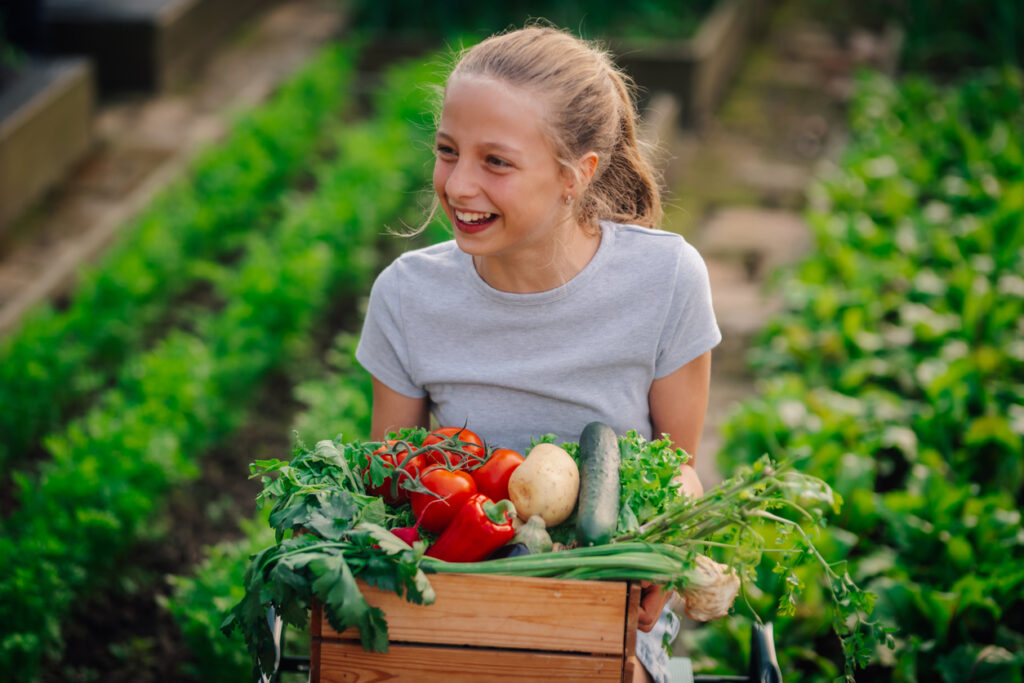
It’s tempting to grow every exciting thing under the sun, but if you’re not actually eating it, it’s a waste of space and resources. Focus on what you and your household actually enjoy. Think practical over novelty. A glut of courgettes might be manageable, but 14 heads of fennel when you’re not a fan? Not worth the effort or compost space.
9. Harvest rainwater.
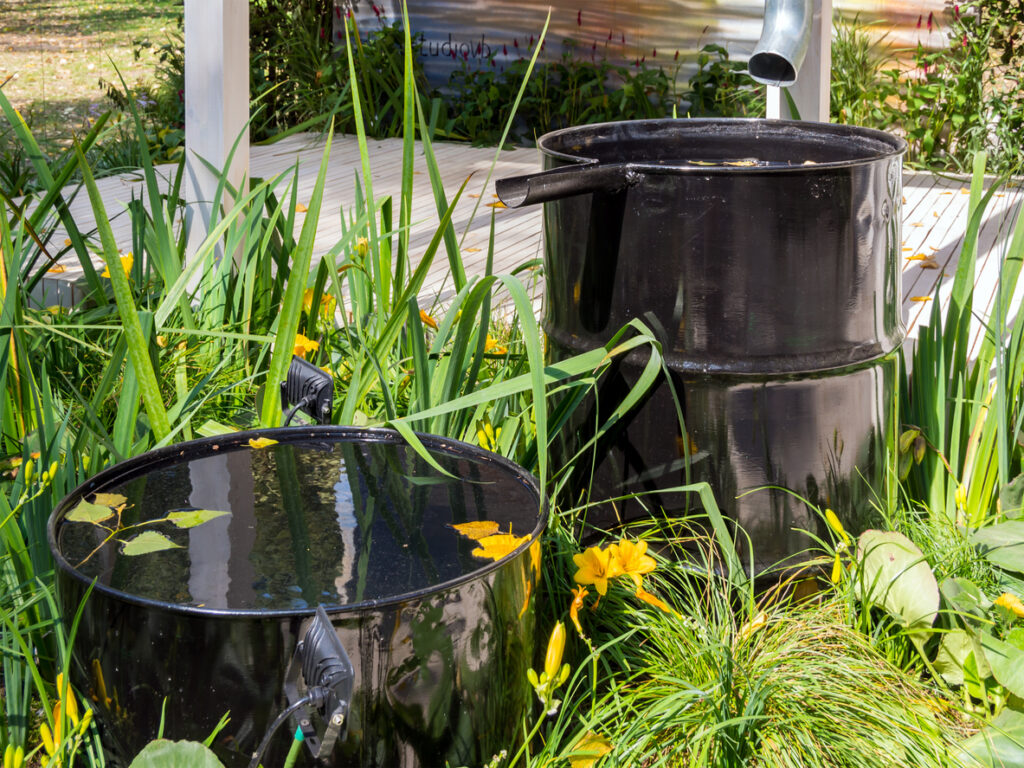
Water bills (or your back if you’re hauling watering cans) can creep up quickly in hot months. Set up a basic rainwater collection system using barrels or water butts to save on tap water use. Many councils or water companies offer these at discounted rates, and they pay for themselves over time. Plus, plants actually prefer rainwater—it’s softer and more natural for them.
10. Plan your plot seasonally.

By staggering your planting throughout the year, you make better use of space and avoid the common problem of everything maturing at once. This means less waste and fewer last-minute runs to the shop. It also lets you save on store-bought veg year-round, especially with hardy crops like kale, leeks, or winter salads that can thrive even when the weather turns grim.
11. Make your own supports.
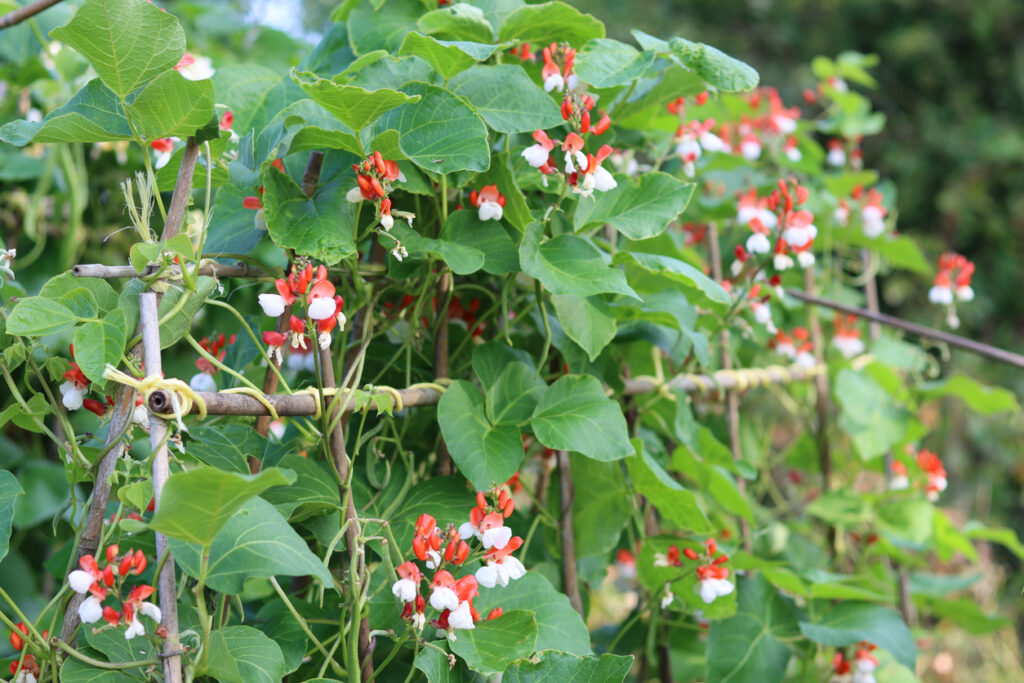
Bamboo canes and trellises aren’t cheap—but nature’s full of alternatives. Use fallen branches, willow cuttings, or even string and netting to help climbing plants find their way. Peas, beans, and cucumbers don’t care how pretty their support is—they just need something to cling to. As long as it’s sturdy, you’re sorted.
Keep your tools simple.

You don’t need a fancy gadget for every job. A good spade, hand trowel, fork, and pair of secateurs will get you through almost everything. Most tools can also be found second-hand in great condition. Sharpen them regularly, store them dry, and they’ll last you for years. Buying fewer but better-quality tools saves more money long-term than constantly replacing flimsy ones.
13. Grow cut-and-come-again crops.
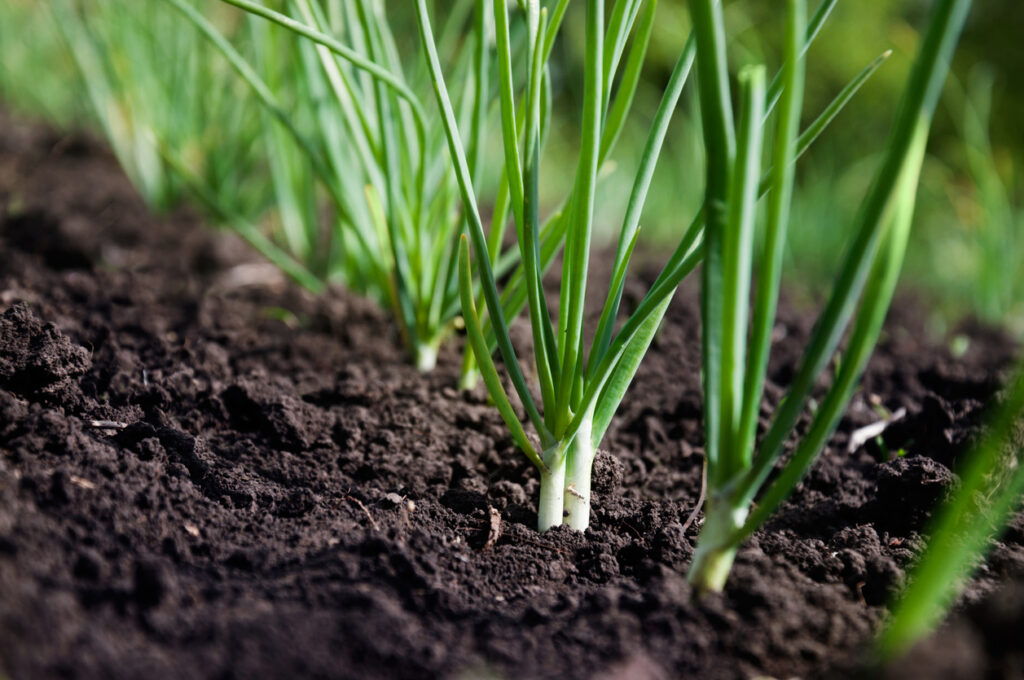
Leafy greens like spinach, rocket, and chard will keep giving if you harvest them a little at a time. This means you don’t have to keep resowing, and you’ll always have fresh salad on hand. They’re ideal for allotment plots because they’re quick to grow, low-effort, and incredibly productive. You’ll wonder why you ever bothered with supermarket bags again.
14. Track your spending (just a little).

It doesn’t have to be serious accounting, but jotting down what you buy each month can highlight where your money’s going. That way, you can spot patterns and cut back without losing out on the fun of growing. A few tweaks here and there—like dropping a subscription to a seed catalogue or skipping a garden centre visit—can free up funds for things that really matter on your plot.